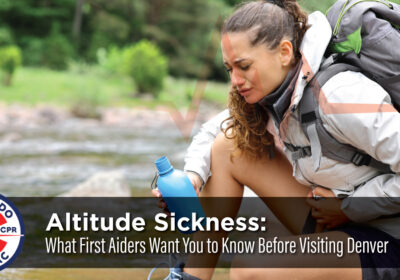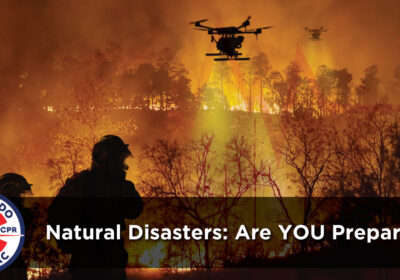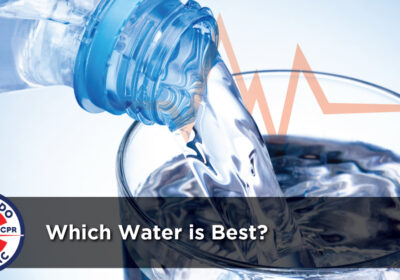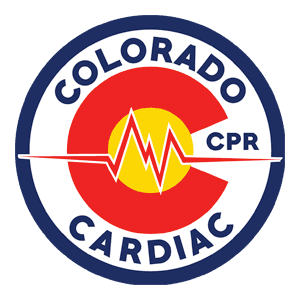Heart Health: Part 1

NEWS YOU CAN USE:
February is American Heart Month. When we take care of our hearts, we set an example for others. Cardiovascular disease is the world’s leading cause of preventable death and disability across all ages and has been declared a global public health crisis. American Heart Month is an annual observance dedicated to raising awareness about heart health and cardiovascular diseases. It serves as a reminder to prioritize heart-healthy lifestyles, learn about heart disease prevention, and support those affected by cardiovascular conditions. This month we will address heart health for men. Next month will be dedicated to heart health specifically for women!
What you can do:
How can you prevent becoming one of the millions of Americans who suffer a heart attack? Using the table below, identify YOUR controllable and non-controllable risk factors for both a cardiac event and stroke.
Warning Signs & Symptoms
Heart Attack
Typical heart attack symptoms will be different for everyone and vary in severity and onset. Common symptoms include:
- Chest discomfort or pain
- Upper body pain
- Stomach pain
- Shortness of breath
- Anxiety
- Lightheadedness
- Sweating
- Nausea and vomiting
- Heart palpitations
- Fatigue
Get help immediately – call 9-1-1 or your local emergency number
Stroke
Common symptoms include:
- Severe headache with no known cause
- Trouble walking
- Dizziness
- Balance issues
- Trouble seeing in one or both eyes
- Confusion
- Trouble speaking or understanding speech
- Numbness or weakness in face, arm or leg, especially one side of the body
If you think someone may be having a stroke, act F.A.S.T. and do the following test:
- F—Face: Ask the person to smile. Does one side of the face droop?
- A—Arms: Ask the person to raise both arms. Does one arm drift downward?
- S—Speech: Ask the person to repeat a simple phrase. Is the speech slurred or strange?
- T—Time: If you see any of these signs, call 9-1-1 right away.
Note the time when symptoms first appear. This information helps healthcare providers determine the best treatment. The stroke treatments that work best are available only if the stroke is recognized and diagnosed within 3 hours of the first symptoms. Stroke patients may not be eligible for these treatments if they don’t arrive at the hospital in time. Do not drive to the hospital or let someone else drive you. Call 9-1-1 for an ambulance so that medical personnel can begin life-saving treatment on the way to the emergency room.
Questions to ask yourself:
- Go to the online assessment tool, “Your Disease Risk”: (http://www.yourdiseaserisk.wustl.edu/).
- Click on “What Is Your Heart Disease Risk?”
- Complete the Questionnaire.
- List any risk factors that you could/should lower, and for each, identify one health behavior you could change that would help reduce that risk.
MONTHLY AFFIRMATION:
The heart beats over three billion times during a single lifespan.
Make your beats count. Use them wisely!
MOTIVATIONAL THOUGHT:
Your health is your wealth!
ADDITIONAL INFORMATION:
- For American Heart Association BLS -CPR, First Aid, ACLS, PALS certification training contact our office at 720.639.2623 or www.3cpr.org
- For Mental Health First Aid certification or mental health workplace workshops contact: Roxanne at info@3cpr.org
- For tailored Health and Wellness Lunch -n-Learns or presentations contact: Roxanne at info@3cpr.org
- When enrolling for a CPR, First Aid or PALS class, use the promo code “3CPRBLOG” for a 15% discount!
BLOG WRITTEN BY:
Sophie Mabry, M.A.,
ACSM Exercise Physiologist, EIM II, Certified Health and Wellness Coach, Sports Nutritionist, Mental Health First Aid Responder, BLS CPR and First Aid Instructor, former EMS professional.
Related Posts

Altitude Sickness: What First Aiders Want You to Know Before Visiting Denver
Denver, Colorado, is famous for its sunshine, mountain views, and “Mile High City” nickname. But…

Natural Disasters: Are YOU Prepared?
NEWS YOU CAN USE: Merrian-Webster Dictionary defines a natural disaster as “a sudden and terrible…

Which Water is Best?
NEWS YOU CAN USE: During the mid to late 1980s, the bottled water craze began…
